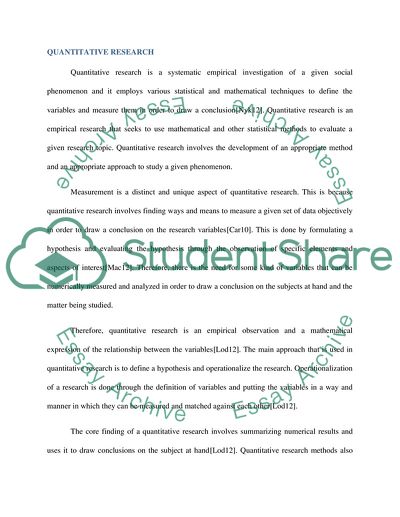Cite this document
(Experimental and Non-experimental Quantitative Approaches Term Paper - 1, n.d.)
Experimental and Non-experimental Quantitative Approaches Term Paper - 1. Retrieved from https://studentshare.org/education/1822360-question-1
Experimental and Non-experimental Quantitative Approaches Term Paper - 1. Retrieved from https://studentshare.org/education/1822360-question-1
(Experimental and Non-Experimental Quantitative Approaches Term Paper - 1)
Experimental and Non-Experimental Quantitative Approaches Term Paper - 1. https://studentshare.org/education/1822360-question-1.
Experimental and Non-Experimental Quantitative Approaches Term Paper - 1. https://studentshare.org/education/1822360-question-1.
“Experimental and Non-Experimental Quantitative Approaches Term Paper - 1”, n.d. https://studentshare.org/education/1822360-question-1.


